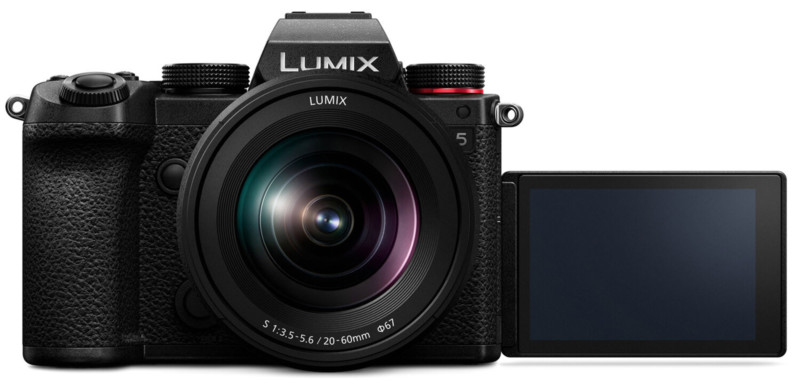
In an interview with DPReview, Panasonic’s Imaging Division director Yosuke Yamane promised to “strengthen” the brand’s commitment to both full-frame and micro four thirds, while also noting that it is aware the contrast-based Depth From Defocus system still needs work.
As part of a larger interview with multiple questions answered, Panasonic was asked about its recent efforts in the full-frame market and how that affected the future of Micro Four Thirds. In response, Yamane said that the company had plans to “strengthen both” camera mounts to realize the most shooting opportunities for the most number of creators.
“We have full-frame for creators who want more power to capture images and videos with a shallow depth of field, and M43 for creators who want compactness, light weight, mobility, and an adequate depth of field,” he says.
Yamane added that both mounts are distinctly different systems for two different kinds of users and that it was important to the company to support them both for “many years onwards.”
Yamane noted that Panasonic’s most recent lens manufacturing endeavors have been mainly in support of its full-frame cameras, but this isn’t to say that the company doesn’t plan to make more Micro Four Thirds optics. He stated that the company plans to “develop more lenses” in the format going forward, but did not specify a timeline or how that development would coincide with continued efforts on L-mount lenses.

Perhaps the largest complaint from photographers considering Panasonic is that the company has been against adding hybrid autofocus to its cameras, saying that it believes an AI-assisted contrast system could be made superior to such a system. Rather than using a mix of contrast-based and phase-detection autofocus like Sony, Canon, and Nikon do (and now even Sigma with the fp L), Panasonic relies on what it calls “Depth From Defocus” (DFD), a machine-learning-based algorithm that it uses to track and identify subjects in conjunction with a contrast-based detection system.
Panasonic’s DFD is certainly an improvement on contrast-only systems but is still far weaker than all of the hybrid options on the market. Without the integration of phase detection, Panasonic cameras tend to hunt or miss when attempting to focus on many objects, though DFD’s ability to find faces and accurately lock onto them has been dramatically improved over the years.
“We recognize that there are still issues that need to be improved to reach perfection when it comes to AF,” Yamane says. “We are currently considering further improvements, such as improving the processing capacity with new hardware and improving the accuracy with new software algorithms.”
The note on “new hardware” may sound exciting, but Yamane stops short of suggesting that phase detection is coming to Panasonic cameras. For now, it seems as though Panasonic is still all-in on its alternative focusing method.